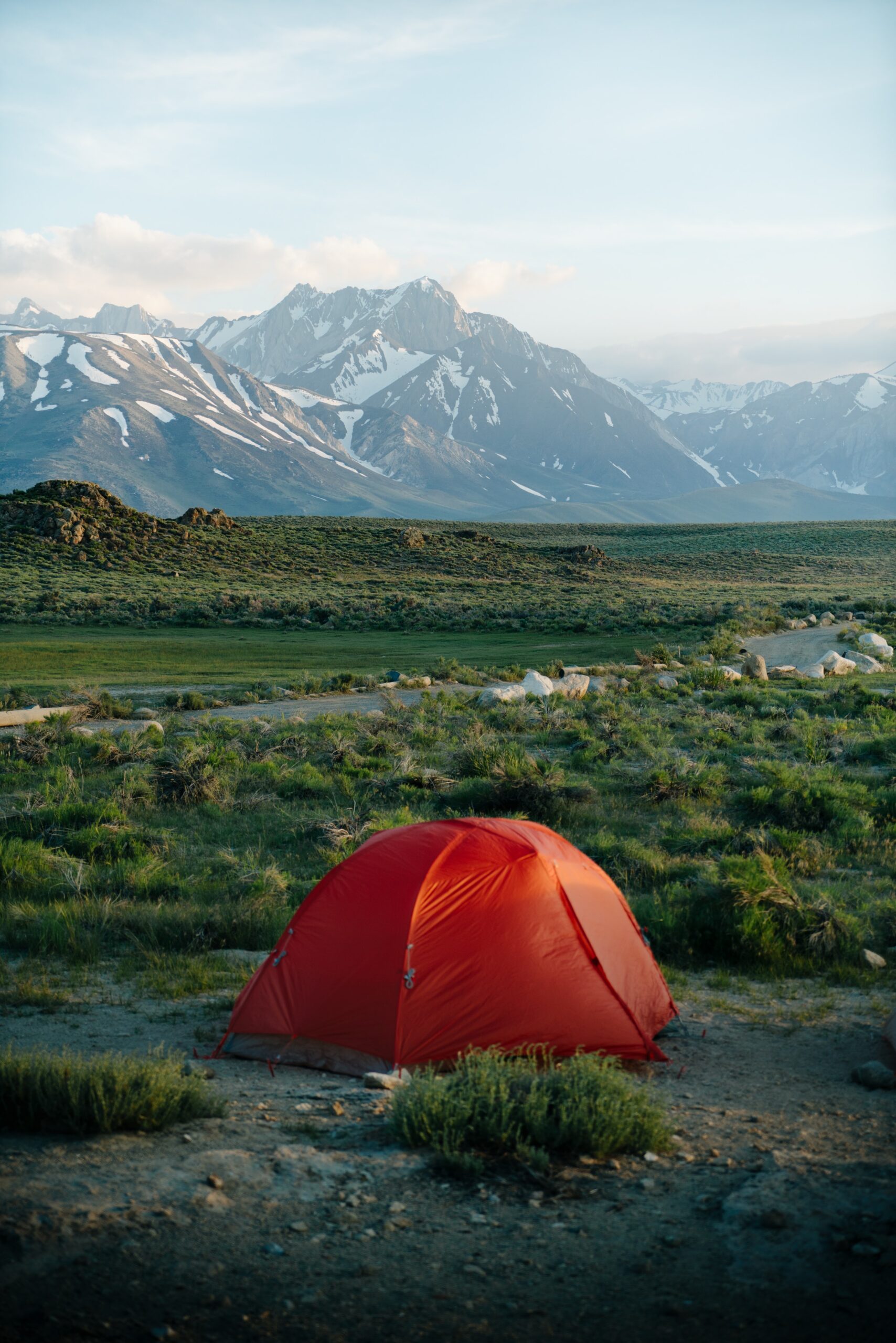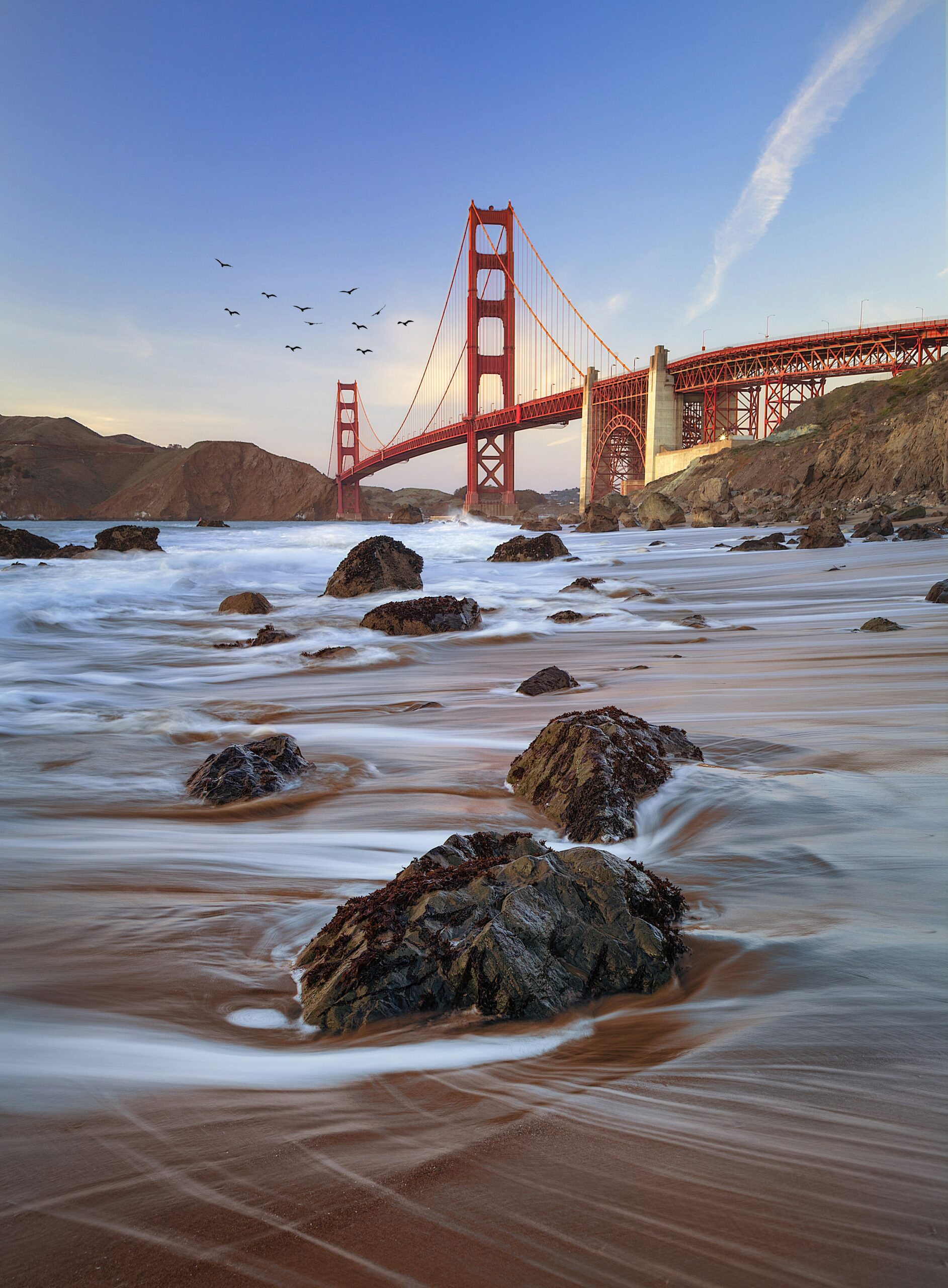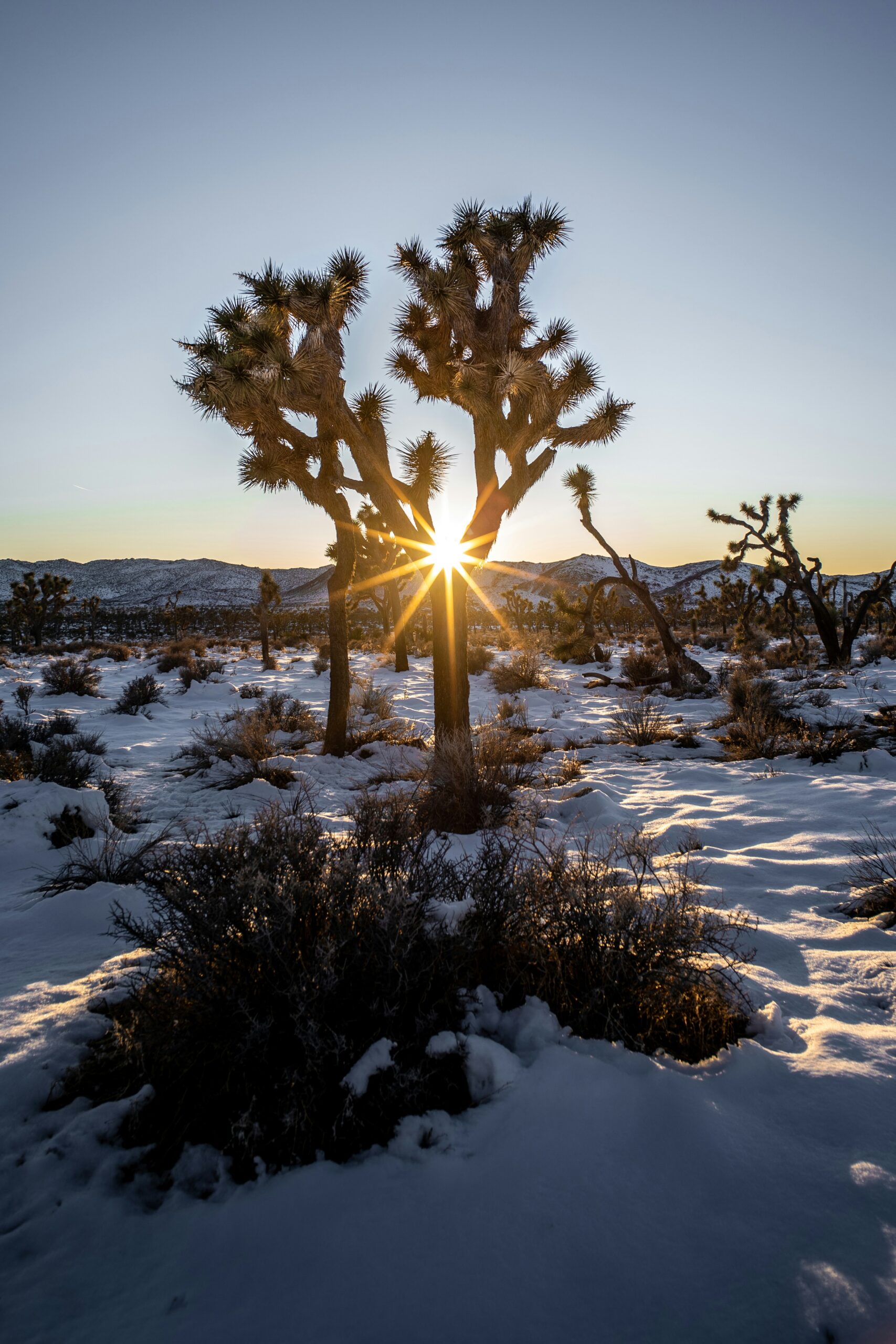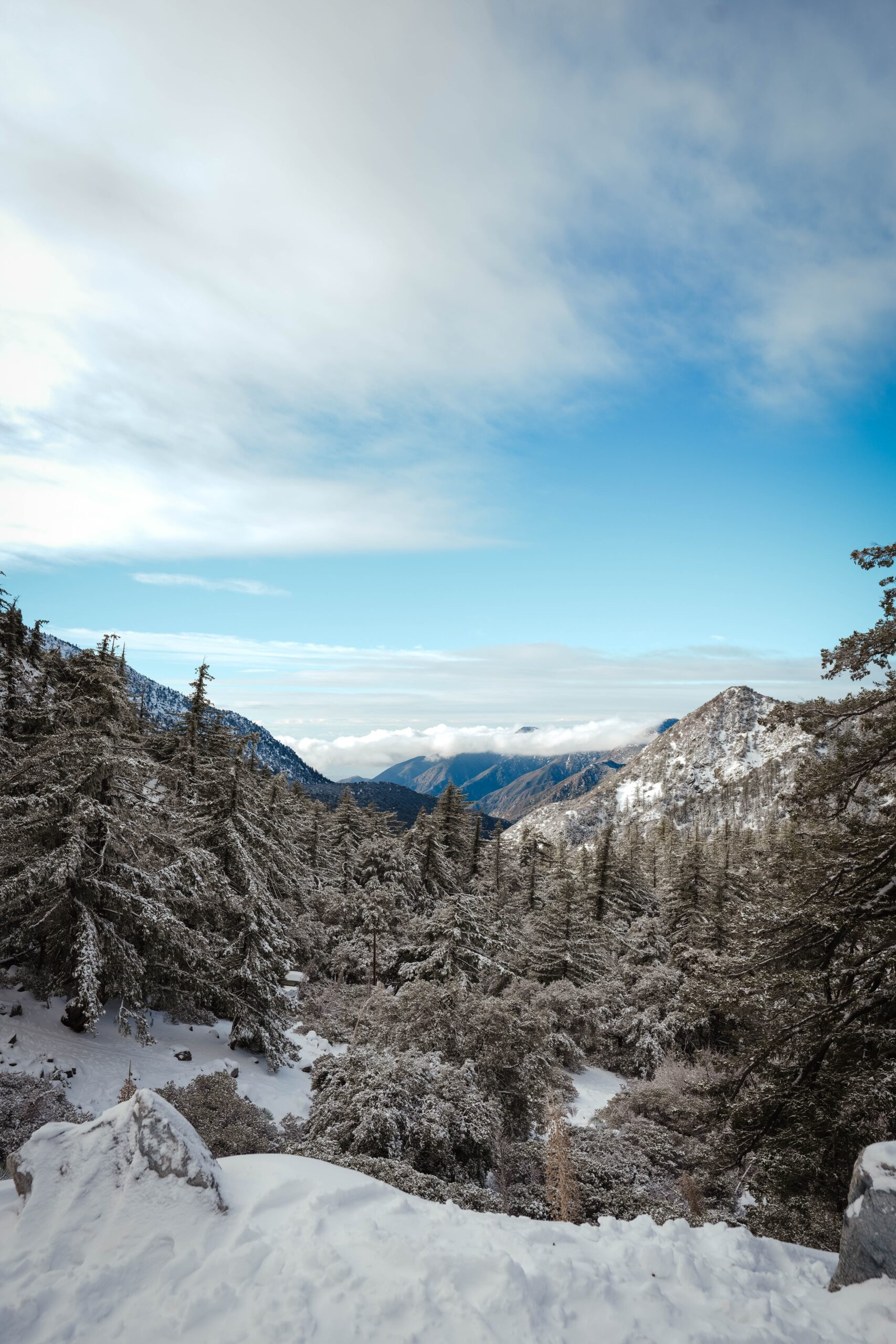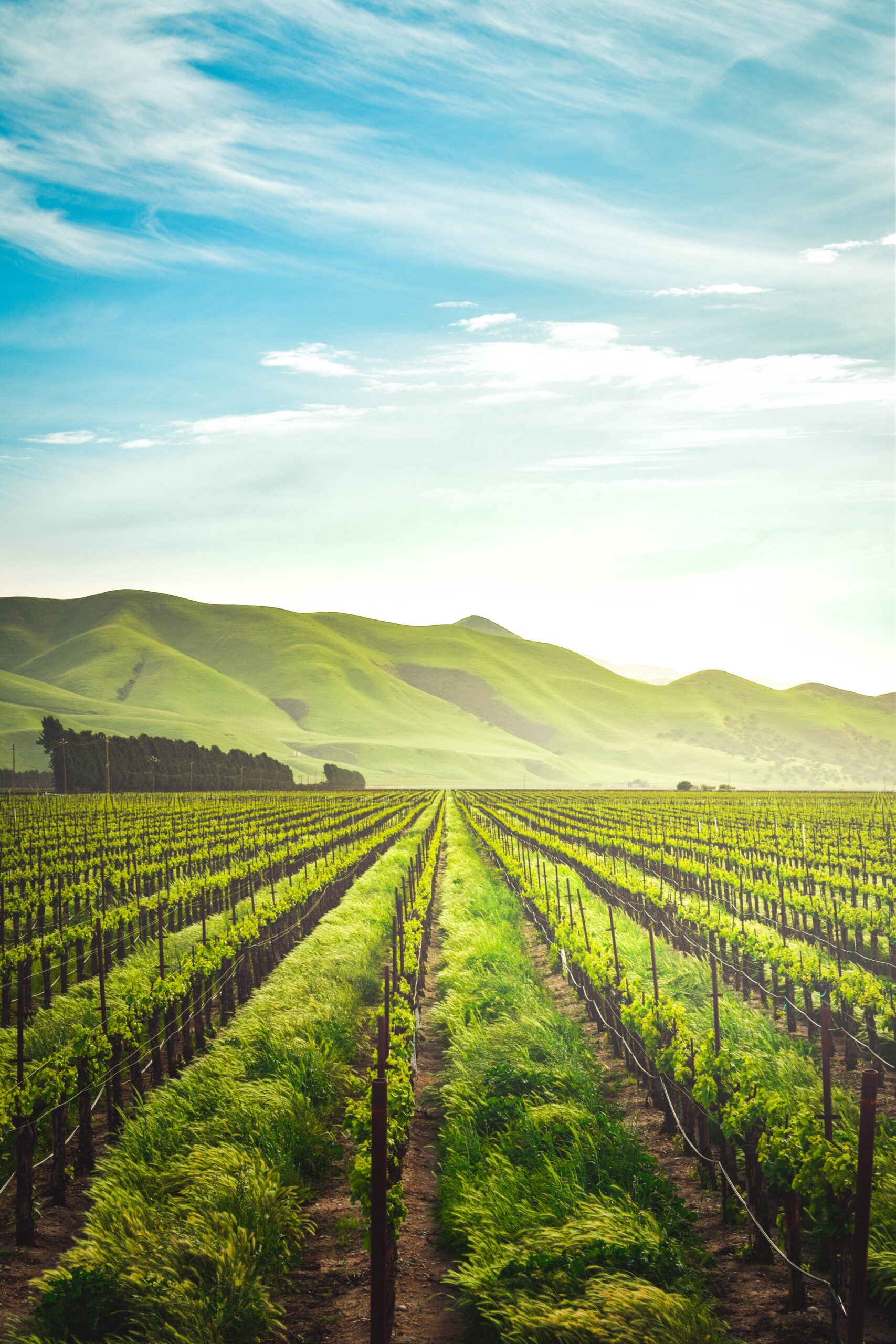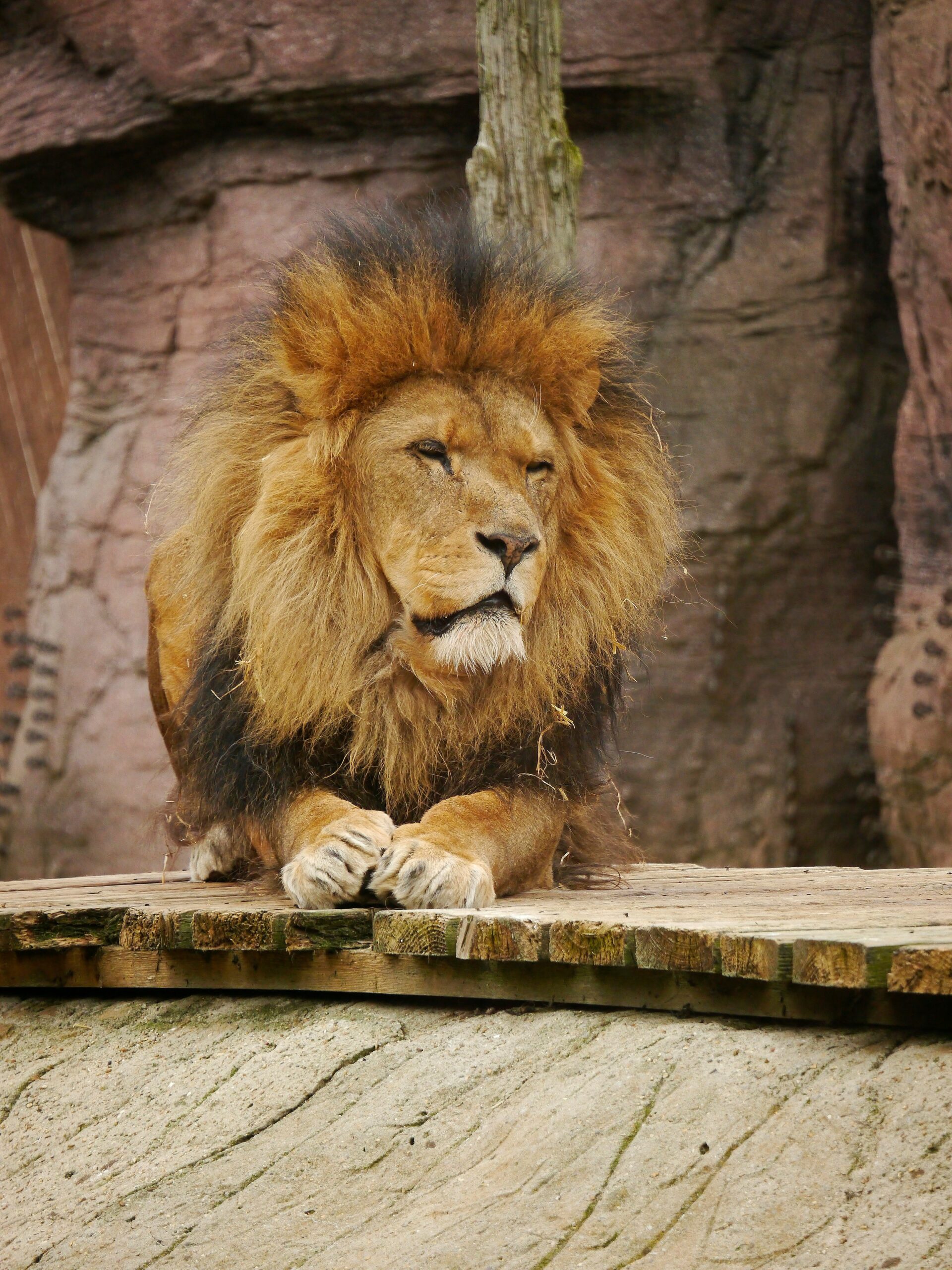Inyo National Forest: A Guide to Exploring California’s Natural Beauty
If you're looking for a stunning natural destination to explore, look no further than Inyo National Forest. Located in the Eastern Sierra region of California, this sprawling forest offers a wealth of outdoor activities and breathtaking scenery. From camping and hiking to fishing and winter sports, there's no shortage of opportunities to get outside and enjoy the great outdoors.
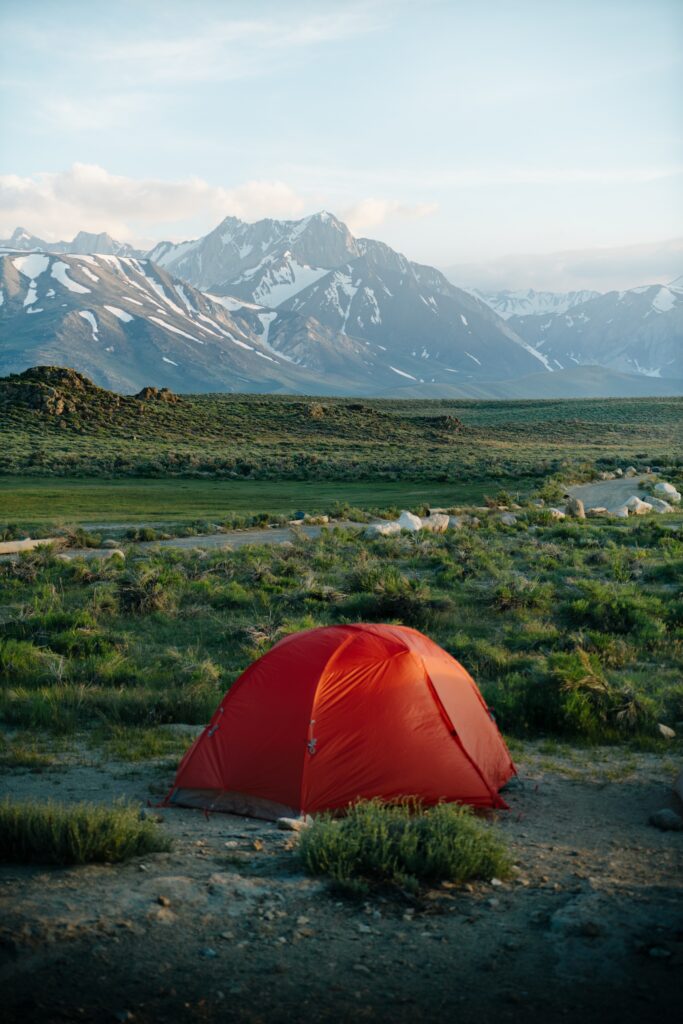
One of the most notable features of Inyo National Forest is its proximity to Mount Whitney, the highest peak in the contiguous United States. Whether you're an experienced mountaineer or simply want to take in the stunning views, the mountain offers a range of hiking trails that are sure to impress. Other popular activities in the forest include fishing in the many lakes and streams, exploring the historic mining sites, and taking in the stunning fall foliage.
With so much to see and do, Inyo National Forest is the perfect destination for anyone looking to escape the hustle and bustle of city life and connect with nature. Whether you're planning a weekend camping trip or a longer stay, there's something for everyone in this beautiful natural wonderland. So pack your bags, grab your hiking boots, and get ready to experience the beauty of Inyo National Forest for yourself.
Inyo National Forest: A Guide to Exploring California's Natural Beauty
History and Overview
If you are looking for a natural paradise in the United States, the Inyo National Forest should be at the top of your list. The Inyo National Forest covers parts of the eastern Sierra Nevada of California and the White Mountains of California and Nevada. It is a United States National Forest that hosts several superlatives, including Mount Whitney, the highest point in the contiguous United States.
Native American Heritage
The name “Inyo” comes from a Native American word meaning “dwelling place of the great spirit.” It was used by local Native Americans to describe the local mountains, now known as the White/Inyo Range, to early settlers of the area. The Inyo National Forest has a rich Native American heritage, with several tribes having lived in the area for thousands of years before the arrival of European settlers.
Conservation Efforts
The Inyo National Forest was established by proclamation on May 25, 1907, by President Teddy Roosevelt. Since then, Congress has expanded the forest and the associated Wilderness Areas several times. Although most visitors think of the forest for its recreation, the Inyo National Forest is also used for range, timber, minerals, watershed, and habitat for fish and wildlife. The forest is managed for ecosystem health and multiple uses, as directed by Congress.
John Muir, the famous naturalist, and conservationist, visited the Sierra Nevada area in the late 19th century and was instrumental in the establishment of the national park system in America. His efforts helped to protect the natural beauty of the area, and his legacy is still felt in the Inyo National Forest today.
In summary, the Inyo National Forest is a beautiful and diverse natural wonderland that offers something for everyone. Whether you are interested in hiking, camping, fishing, or just enjoying the stunning scenery, the Inyo National Forest is the perfect destination. With its rich history, breathtaking views, and commitment to conservation, it is truly one of the crown jewels of California and Nevada.
Geography
Inyo National Forest is a vast wilderness area that covers parts of the Eastern Sierra Nevada of California and the White Mountains of California and Nevada. The forest covers 1,903,381 acres (2,974 sq mi; 7,703 km 2) and includes nine designated wilderness areas which protect over 800,000 acres.
Major Peaks and Ranges
The Inyo National Forest is home to some of the most stunning peaks and ranges in the United States. Mount Whitney, the highest peak in the contiguous United States, is located on the eastern edge of the forest and stands at an impressive 14,494 feet (4,418 m) tall. Other notable peaks include Boundary Peak, White Mountain Peak, and the Eastern Sierra Nevada Range.
Lakes and Rivers
The Inyo National Forest is home to several lakes and rivers that attract visitors from all over the world. Mono Lake, located on the eastern side of the Sierra Nevada, is a large, shallow saline lake that is known for its unique ecosystem and stunning views. The Owens River Headwaters, which flow from the Sierra Nevada into the Owens Valley, are a popular spot for fishing, kayaking, and hiking.
Flora and Fauna
The Inyo National Forest is home to a diverse array of flora and fauna. The forest is home to several species of trees, including the Jeffrey pine, lodgepole pine, and red fir. The forest is also home to several species of wildlife, including black bears, mountain lions, mule deer, and bighorn sheep. Visitors to the forest can also spot a variety of birds, including the peregrine falcon and the bald eagle.
Overall, the Inyo National Forest is a must-visit destination for anyone looking to experience the natural beauty of California and Nevada. Whether you're looking to hike to the top of Mount Whitney, fish in the Owens River, or simply relax and take in the stunning views, the Inyo National Forest has something for everyone.
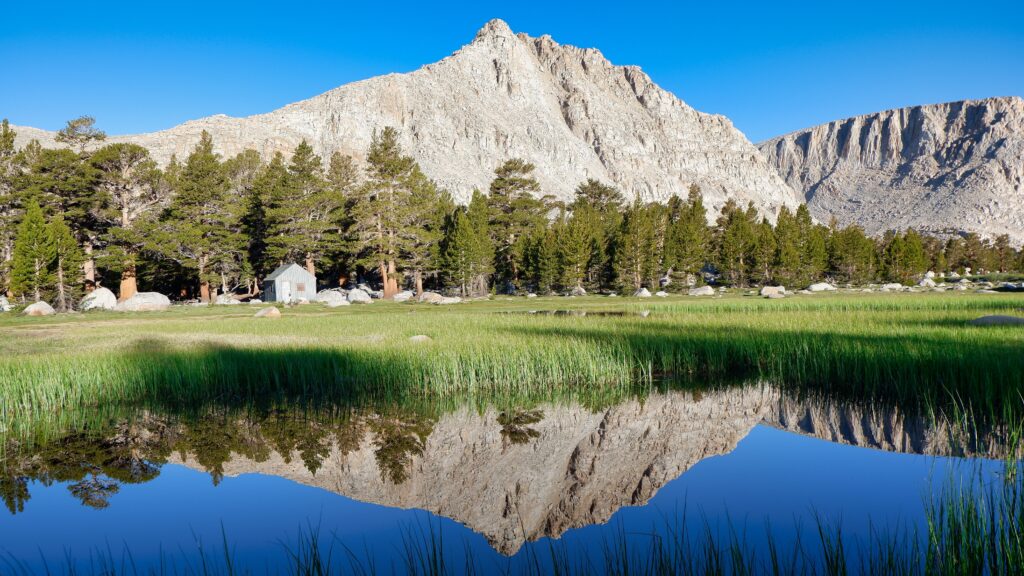
Related Post:
Recreational Activities
Inyo National Forest offers a wide range of recreational activities for you to enjoy. Whether you prefer hiking and backpacking, camping and RVs, fishing and hunting, or winter sports, there's something for everyone.
Hiking and Backpacking
Inyo National Forest has over 1,100 miles of trails, making it a hiker's paradise. From short day hikes to multi-day backpacking trips, there are trails for all skill levels. You can hike to scenic lakes, explore the wilderness, or climb to the top of a mountain for breathtaking views. Some popular trails include the Crystal Lake Trail, the John Muir Trail, and the Pacific Crest Trail.
Camping and RVs
Camping is a great way to experience the beauty of Inyo National Forest. There are over 40 campgrounds to choose from, ranging from primitive sites to full-service RV parks. Many of the campgrounds are located near lakes, streams, and hiking trails, so you can enjoy the great outdoors right from your campsite.
Fishing and Hunting
Inyo National Forest is home to some of the best fishing and hunting in California. You can fish for trout in the streams and lakes, or try your hand at fly fishing in the Owens River. Hunting is also allowed in designated areas of the forest. Be sure to check the regulations before you go.
Winter Sports
In the winter, Inyo National Forest transforms into a winter wonderland. You can cross-country ski, snowshoe, or go snowmobiling on the many trails in the forest. There are also several ski resorts nearby, including Mammoth Mountain and June Mountain.
In summary, Inyo National Forest offers a wide range of recreational activities for you to enjoy. From hiking and backpacking to camping and RVs, fishing and hunting to winter sports, there's something for everyone. So pack your bags, grab your gear, and get ready to explore the great outdoors.
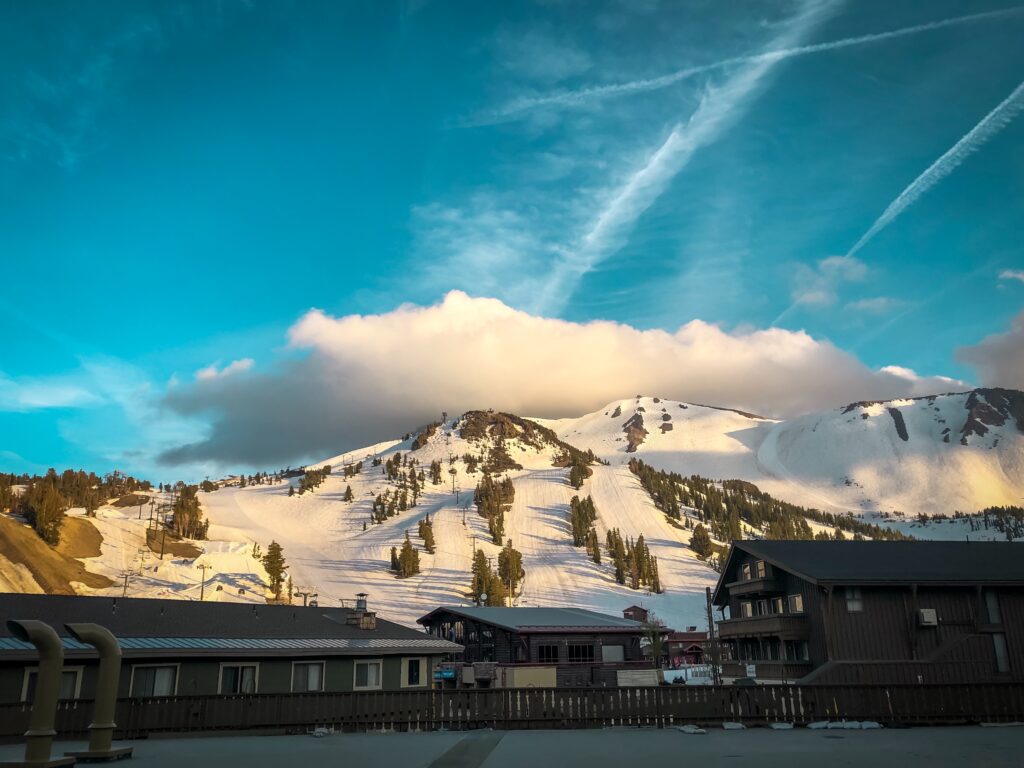
Wilderness Areas and Permits
Wilderness Designations
Inyo National Forest is home to several wilderness areas, including the John Muir Wilderness, Hoover Wilderness, Golden Trout Wilderness, and South Sierra Wilderness. These areas have been designated by Congress to be protected and preserved for their unique natural beauty and wildlife.
The John Muir Wilderness, named after the famous naturalist and conservationist, covers over 580,000 acres and is home to several peaks over 14,000 feet, including Mount Whitney, the highest peak in the contiguous United States. The Hoover Wilderness covers over 48,000 acres and is known for its rugged terrain and alpine lakes. The Golden Trout Wilderness, named after the state fish of California, covers over 303,000 acres and is known for its high mountain meadows and clear streams. The South Sierra Wilderness covers over 88,000 acres and is known for its towering peaks and pristine alpine lakes.
Permit Information
If you plan on camping overnight in any of the wilderness areas in Inyo National Forest, you will need a wilderness permit. These permits are required year-round and can be obtained from the Inyo National Forest ranger stations or online through Recreation.gov. Only the leader or alternate specified in the reservation may pick up or use the permit.
In addition to the wilderness permit, you may also need a campfire permit. California Campfire Permits are required for any campfire, stove, or lantern use outside of developed campgrounds and recreation sites. These permits can be obtained for free at any Inyo National Forest ranger station or online through the California Department of Forestry and Fire Protection website.
When camping in the wilderness areas, it is important to follow Leave No Trace principles to minimize your impact on the environment. This includes packing out all trash, using established campsites, and avoiding damaging vegetation. By following these principles, you can help preserve the natural beauty of Inyo National Forest for future generations to enjoy.
Trails and Hiking
Inyo National Forest is a haven for hikers and outdoor enthusiasts. With over 1,100 miles of trails, there's something for everyone. Whether you're looking for a leisurely stroll or a challenging hike up a high mountain peak, you'll find it here.
Popular Trails
If you're looking for a popular trail, consider the John Muir Trail or the Pacific Crest Trail. Both of these trails offer stunning views of the Sierra Nevada Mountains and are perfect for experienced hikers. The John Muir Trail is a 211-mile trail that runs from Yosemite Valley to Mount Whitney, while the Pacific Crest Trail is a 2,650-mile trail that runs from Mexico to Canada.
For those looking for shorter, easier hikes, consider the Crystal Lake Trail. This 3.2-mile trail offers beautiful views of the Mammoth Lakes Basin and is perfect for families with children. Another great option is the Convict Lake Loop Trail, which is a 2.5-mile loop that takes you around Convict Lake.
Backcountry Navigation
If you're planning on hiking in the backcountry, it's important to have good navigation skills. The Inyo National Forest offers several challenging trails that require advanced navigation skills. Some of the most challenging trails include the Mount Whitney Trail and the Kearsarge Pass Trail.
Before heading out on any trail, be sure to check the weather conditions and trail conditions. It's also important to bring plenty of water and snacks, as well as a map and compass. Remember to leave no trace and pack out all of your trash.
Overall, Inyo National Forest is a hiker's paradise with trails for all skill levels. Whether you're looking for challenging high mountain peaks or leisurely strolls with beautiful views, you'll find it here.
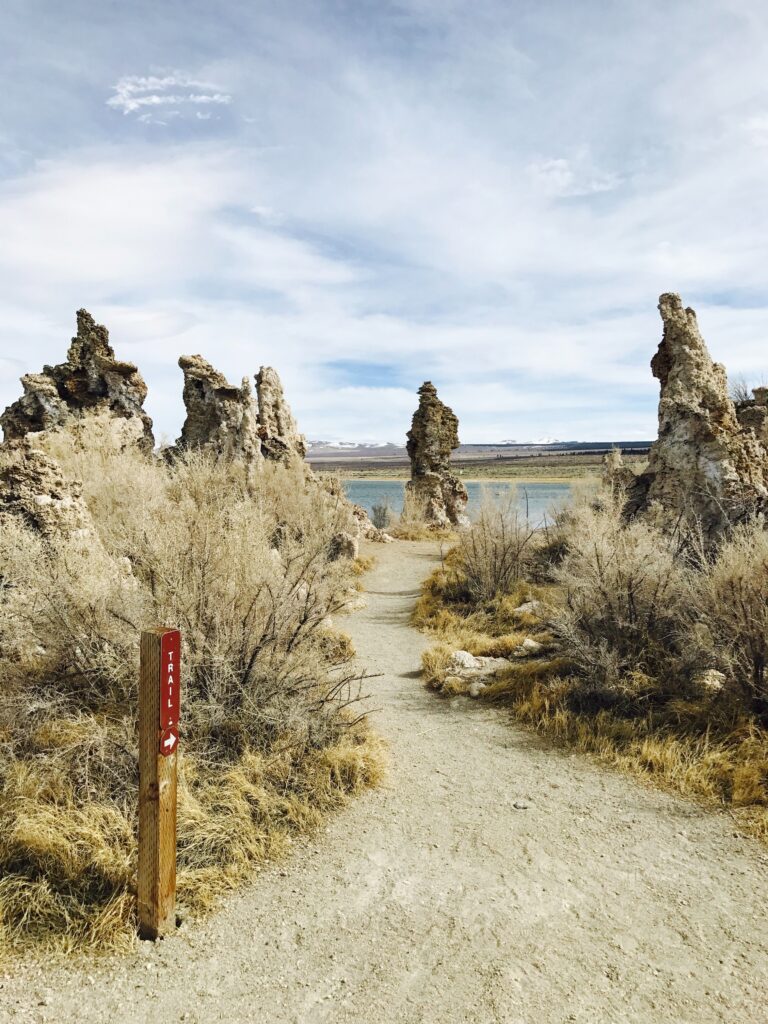
Visitor Services
If you are planning to visit Inyo National Forest, you will be pleased to know that there are various visitor services available to make your trip enjoyable and memorable.
Ranger Districts and Information Centers
There are several ranger districts and information centers located throughout the forest that provide visitors with valuable information about the area. The ranger districts are responsible for managing the forest and ensuring that visitors have a safe and enjoyable experience. They can provide you with maps, brochures, and other information about the forest, as well as answer any questions you may have.
The Eastern Sierra Visitor Center is staffed by a combination of US Forest Service, National Park Service, Bureau of Land Management, and Eastern Sierra Interpretive Association employees. They provide visitors with information for wilderness, campground, highway, and weather conditions for the Eastern Sierra. You can find the center at 351 Pacu Lane Suite 200 Bishop, CA 93514, and contact them at 760-873-2400.
The Interagency Visitor Center is located at the intersection of Highway 395 and SR 136 in Lone Pine, CA. You can contact them at 760-876-6200. The center provides information about the forest, as well as the surrounding area, including Death Valley National Park and the Ancient Bristlecone Pine Forest.
Related Post:
Guided Tours and Educational Programs
If you want to learn more about the forest and its history, there are guided tours and educational programs available. These programs are designed to provide visitors with an in-depth understanding of the forest and its ecosystem.
The forest offers guided tours of the Mammoth Lakes area, which is a popular destination for skiing and snowboarding. The tours are led by experienced guides who will take you to some of the best spots in the area. They will also provide you with information about the history of the area and the forest.
There are also educational programs available for visitors of all ages. The programs are designed to teach visitors about the forest and its ecosystem. They cover topics such as wildlife, plant life, geology, and history.
In conclusion, Inyo National Forest offers a wide range of visitor services to make your trip enjoyable and memorable. Whether you need information about the forest or want to learn more about its history and ecosystem, there are resources available to help you.
Nearby Attractions
Inyo National Forest is surrounded by a number of other attractions that are worth checking out. Whether you're interested in national parks, historic sites, or natural wonders, there's something nearby for everyone.
National Parks and Monuments
If you're looking for more natural beauty, Yosemite National Park is just a short drive away. This iconic park is known for its stunning waterfalls, granite cliffs, and giant sequoias. You can spend days exploring the park's trails and taking in the scenery.
Another nearby national monument is Devils Postpile, located in the Reds Meadow Valley. This unique rock formation is a must-see for geology enthusiasts and anyone interested in natural wonders.
Related Post:
Historic Sites and Natural Wonders
If you're interested in history, you can visit the nearby Bristlecone Pine Forest. These ancient trees are some of the oldest living organisms on the planet and are a testament to the enduring power of nature.
For a more modern take on history, you can visit the nearby town of Mammoth Lakes. This charming mountain town is known for its skiing, hiking, and outdoor recreation, as well as its rich mining history.
Finally, if you're looking for a unique natural wonder, you can visit the nearby Mono Lake. This saline lake is known for its tufa towers, which are formed by the interaction of freshwater springs and the lake's alkaline water.
No matter what your interests are, there's something nearby to explore and enjoy.
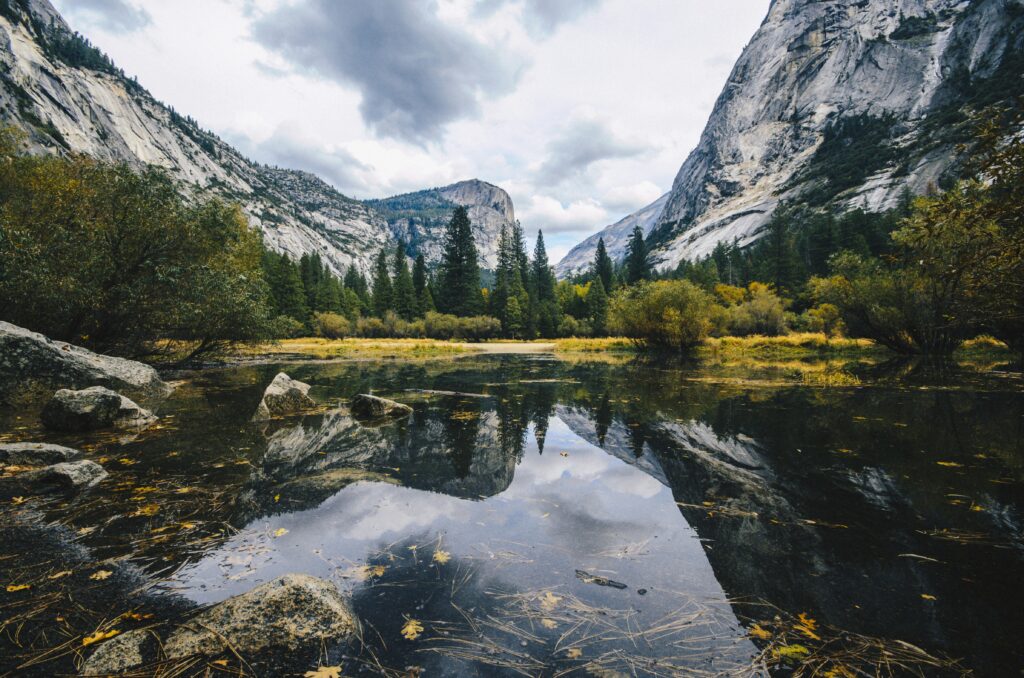
Conservation and Ecology
Endangered Species
Inyo National Forest is home to a variety of endangered and threatened species, including the Golden Trout, which is native to the Sierra Nevada Mountains. The Golden Trout is one of the most beautiful and sought-after fish in the world, and it is only found in a few isolated streams in the Sierra Nevada Mountains. The forest is also home to the Jeffrey Pine, a tree species that is under threat due to climate change. Efforts are being made to protect these species and their habitats through conservation programs and research.
Habitat Preservation
The Inyo National Forest is committed to preserving the natural habitats of its flora and fauna. This includes the Bristlecone Pine Forest, which is home to some of the oldest living trees on earth. The Bristlecone Pine Forest is a unique and fragile ecosystem, with trees that are over 4,000 years old. To protect this ecosystem, the forest has implemented measures to limit human impact and preserve the natural environment.
The forest also works with Native American tribes to preserve their cultural heritage and protect their sacred sites. Ansel Adams, a famous photographer, was inspired by the beauty of the Inyo National Forest and captured its stunning landscapes in his photographs. The forest continues to inspire artists, photographers, and nature lovers from all over the world.
Overall, the Inyo National Forest is committed to preserving its natural beauty and unique ecosystems for future generations to enjoy. Through conservation efforts and community partnerships, the forest continues to protect endangered species and their habitats, while promoting sustainable use of its natural resources.
Planning Your Visit
When planning a trip to Inyo National Forest, there are a few things you should keep in mind to ensure a safe and enjoyable experience. Here are some tips to help you plan your visit.
Accommodations and Reservations
If you are planning to camp in Inyo National Forest, there are plenty of campsites available. However, it is important to make reservations in advance, especially during peak season. You can make reservations through Recreation.gov or by calling the Mammoth Ranger Station at (760) 924-5500.
There are also several campgrounds located within the forest, including Mammoth Campground, which has 175 campsites. If you prefer a more secluded camping experience, there are also backcountry camping options available.
Safety and Regulations
It is important to be aware of the safety regulations in Inyo National Forest to ensure a safe and enjoyable visit. One of the most important things to keep in mind is the elevation. Inyo National Forest ranges from 4,000 to 14,000 feet in elevation, so it is important to take precautions to avoid altitude sickness.
Additionally, there are several regulations in place to protect the environment and wildlife in the forest. For example, campfires are only allowed in designated areas, and it is important to properly dispose of trash and waste.
When hiking or exploring the forest, it is important to be prepared with proper gear and supplies, including plenty of water and food. It is also important to be aware of potential hazards, such as Rainbow Falls, and to follow all posted signs and warnings.
By following these tips and regulations, you can have a safe and enjoyable visit to Inyo National Forest.
Frequently Asked Questions
What are the current trail conditions in the Inyo National Forest?
The trail conditions in the Inyo National Forest can vary depending on the season and weather conditions. It is always a good idea to check with the local ranger station before heading out on any trails. You can also check the Inyo National Forest website for up-to-date information on trail conditions.
Are there any fire restrictions in place for 2023?
Fire restrictions are in place in the Inyo National Forest to prevent wildfires. The restrictions vary depending on the time of year and current fire danger levels. It is important to check with the local ranger station or the Inyo National Forest website for the most up-to-date information on fire restrictions.
Where can I find a map of the Inyo National Forest boundaries?
You can find a map of the Inyo National Forest boundaries on the Inyo National Forest website or at any of the local ranger stations. The map will show you the boundaries of the forest, as well as the location of campgrounds, trails, and other points of interest.
What are some lodging options near Inyo National Forest?
There are several lodging options near the Inyo National Forest, including hotels, motels, and campgrounds. Some popular options include the Tamarack Lodge and Resort, the Creekside Inn, and the Big Pine Creek Campground. It is always a good idea to book your lodging in advance, especially during peak season.
How do I obtain permits for activities in Inyo National Forest?
Permits are required for certain activities in the Inyo National Forest, such as camping, hiking, and fishing. You can obtain permits online or at any of the local ranger stations. It is important to check the Inyo National Forest website for specific permit requirements and regulations.
Is dispersed camping permitted within the Inyo National Forest?
Dispersed camping is permitted in some areas of the Inyo National Forest, but there are regulations that must be followed. It is important to check with the local ranger station or the Inyo National Forest website for specific rules and regulations before engaging in dispersed camping.

